In our previous installment on Inca food preservation techniques, we discussed the technique of storing food in buildings known as Collcas – a type of refrigeration employed by the Inca that needed no electricity, but instead relied on low temperatures, drainage, and ventilation to preserve various foods.
However, the Collcas were not the only food preservation method the Incas invented. It was necessary at times to transport large amounts of food, but with most transportation happening on foot, it was just not practical to carry weighty food in large quantities, even with the help of llamas as pack animals. This is how freeze-drying came into play. By removing the moisture from food using cold temperatures and mechanical means of squeezing out liquid, food would be preserved minus their moisture content. This, of course, made it infinitely simpler to carry bundles of tubers and other crops from one place to another within the extensive Inca Empire.
At high-altitude locations in the Andes, it almost invariably freezes at night. The Inca took advantage of this fact by laying out large areas of small potatoes on beds of straw or blankets, and covering them with a cloth. They were then left to freeze overnight. When morning came, the villagers would walk on the cloths, using the weight of their bodies to squeeze the moisture out of the potatoes. The potatoes were then exposed to the sun during the day. These steps were traditionally repeated for several days, resulting in the darker freeze-dried potatoes that you can find, known as chuño. The process is still in effect today, with entire families participating in the stepping and squeezing process.
Another method to freeze-dry potatoes involves the icy streams close to many villages. These potatoes are soaked in closely woven mesh bags, which protects the potatoes from the dirt, but allows the water to permeate and wash the potatoes. They were left to soak in the ice-cold water for a few days, then spread out to dry in the sun. This is the method used to make moraya, or what some people know as ‘white chuño’.
Chuño and Moraya are still important products for the Inca’s descendants. Large bundles of these very light potatoes can be moved from place to place with little effort. They keeps for years without the need for refrigeration, and are quite versatile, being used in all types of soups, stews, and side dishes, and can be used as an emergency food source in case of drought or crop failure. Another advantage of freeze-drying is that it removes the bitter flavors from certain types of potatoes, making them more appetizing. Chuño and moraya can be ground into flour, making a useful thickener and an ingredient in baked and/or fried starchy dishes. They are often used in the traditional soups such as Chairo, as well as tasty treats such as papa helada, which is a lovely street snack of cold boiled moraya with Andean cheese.
Chairo soup has more Andean-sourced ingredients than almost any other recipe.
It contains fava beans, moraya, spinach, carrots, squash, corn, and traditionally, tripe. This hearty, nourishing soup is enjoyed especially in the cold winter months of June and July. If tripe is not desirable, lamb or beef is often substituted.
Finally, and perhaps most important of all, the technique of freeze-drying, a Peruvian invention, is still in use today. For example, NASA relies on freeze-dried foods to provide lightweight, nutritious meals for astronauts on space expeditions. So freeze-drying is yet another Peruvian gift to humanity.
On your Peru trip, join us for a traditional Andean meal that includes Chuño, the original freeze-dried food.

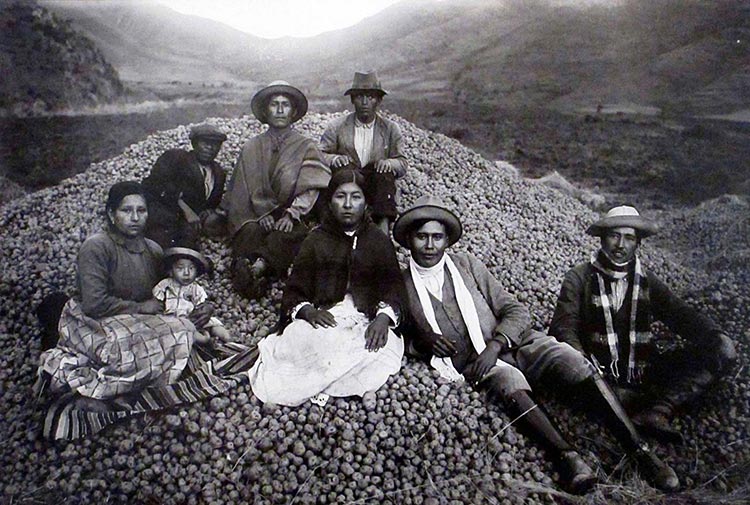
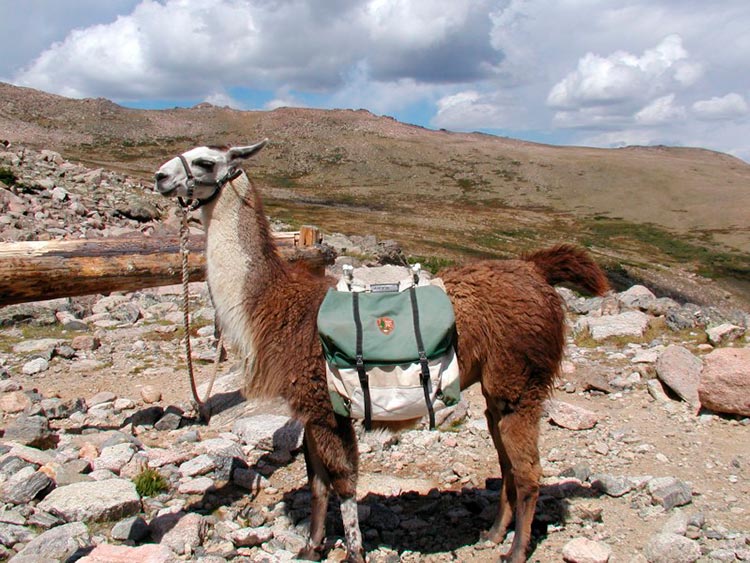
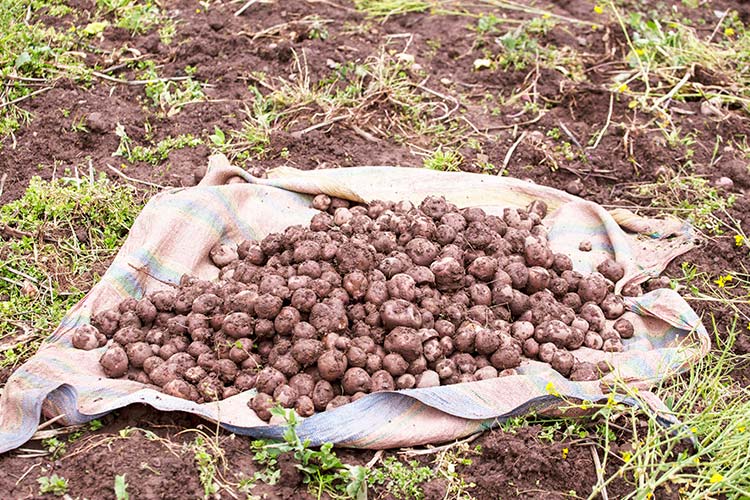
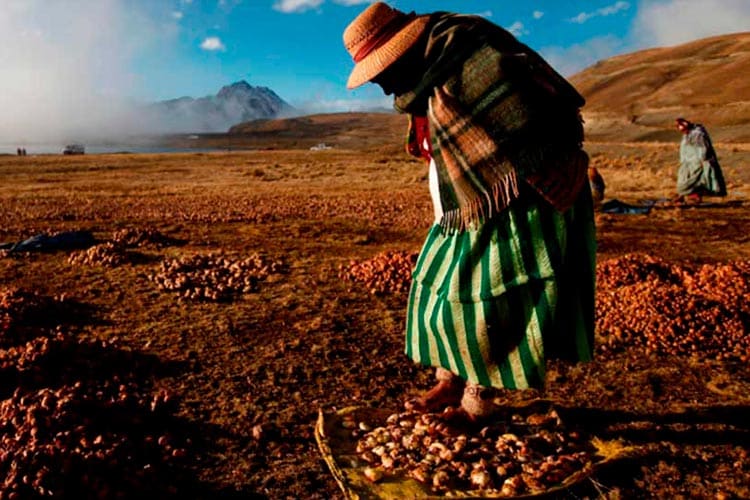
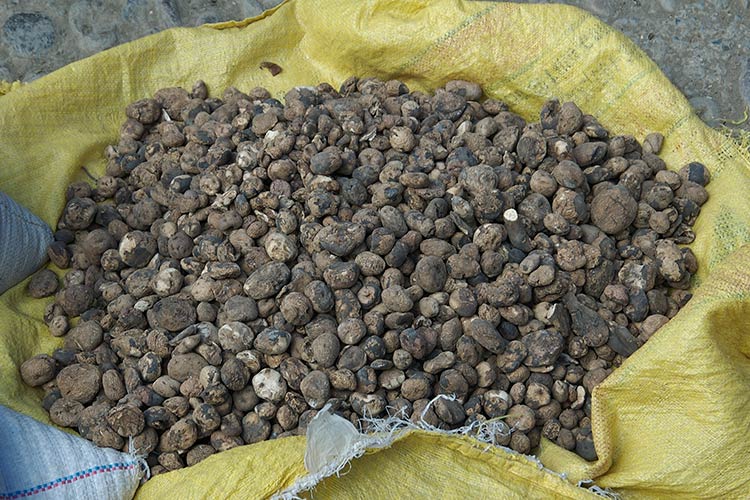
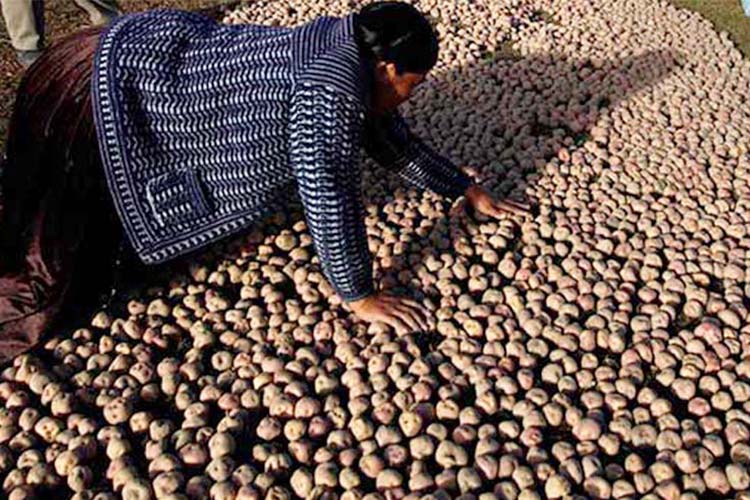
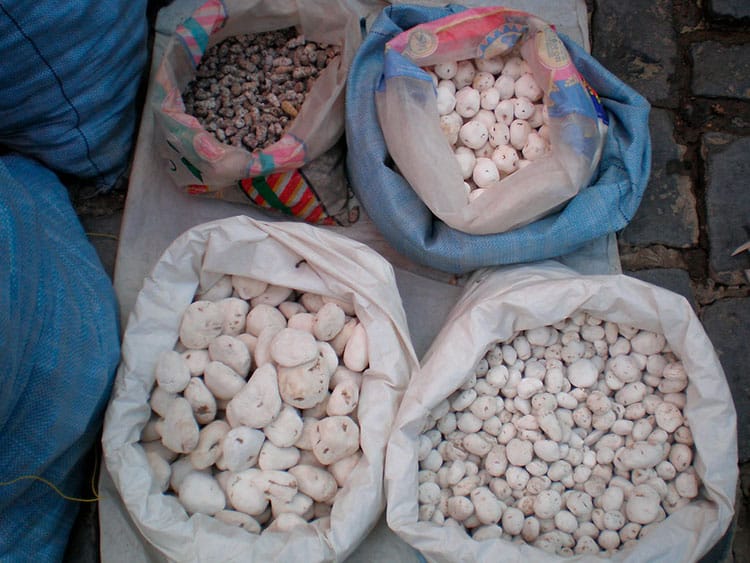

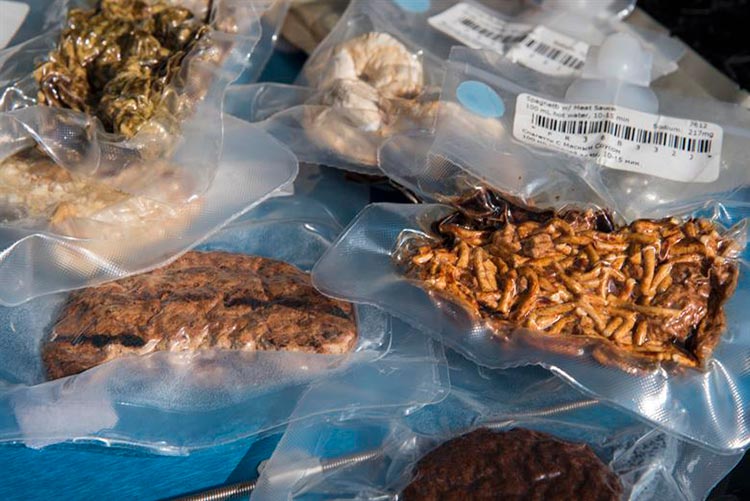




Leave a Comment